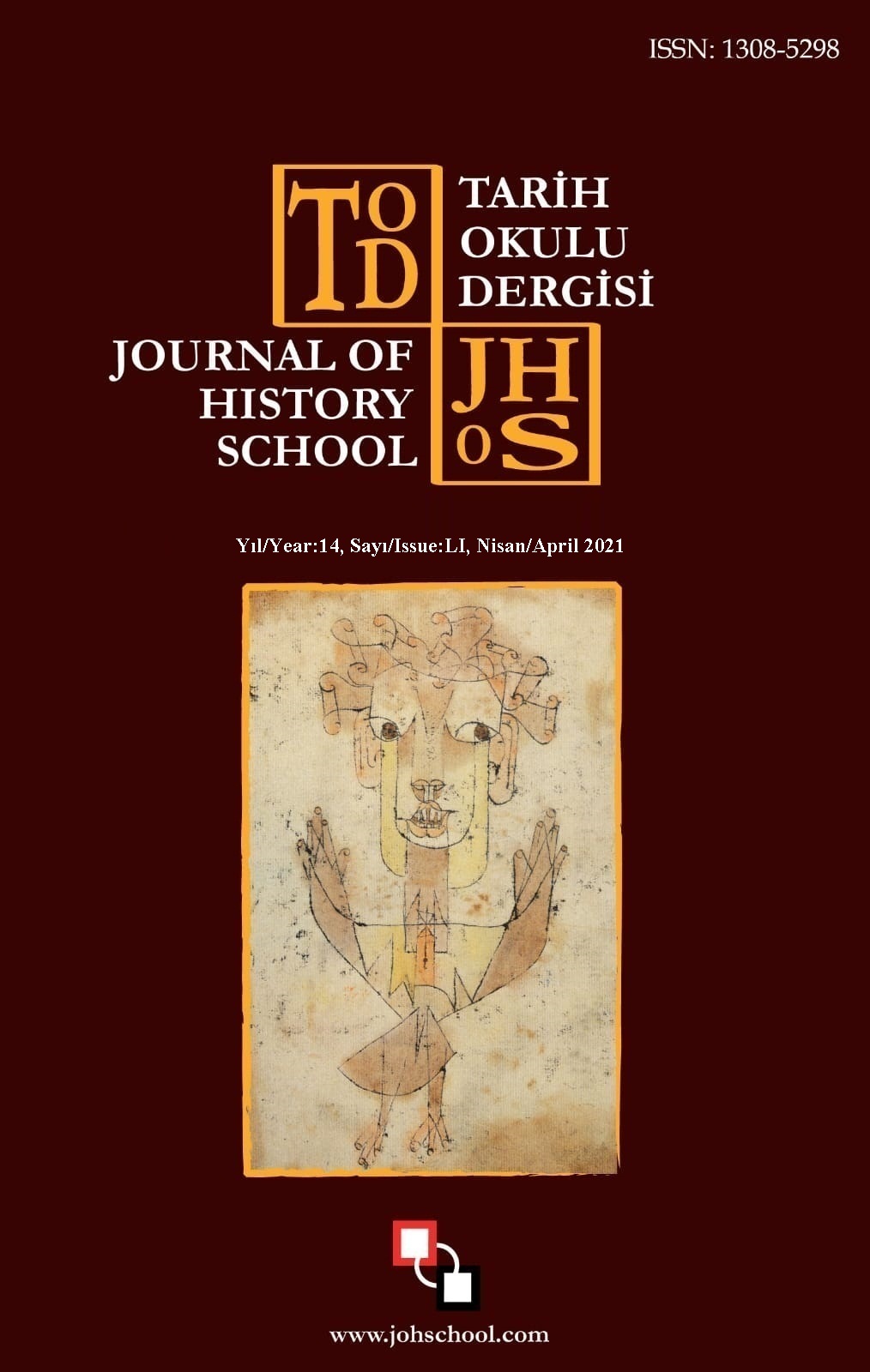Author :
Abstract
Ortaçağ Türk-İslâm devletlerinden birisi olan Hârezmşâhlar Devleti döneminde (1097-1231) gerçekleşen iktisadî faaliyetler ülkenin gelişiminde önemli bir yer tutmaktadır. Devletin gelirlerinin ana unsuru ise toplanan vergilerdir. Gelirler hazinede toplanırdı ve buradan devletin giderleri karşılanırdı. Bunun yanı sıra sultanların kendilerine ait hazineleri de bulunurdu. Mâli işlerden sorumlu olan Dîvân-ı İstîfâ ve ona bağlı memurlar sayesinde devletin gelir ve giderleri düzenlenirdi. Devletin sahip olduğu toprakların yanı sıra bağlı toplulukların ve bölgelerin verdiği vergiler de mevcuttu. Bu nedenle toprakların genişlemesi ve özellikle yüksek geliri olan yerlerin ele geçirilmesi ülkenin ekonomik açıdan gelişimine büyük fayda sağlamaktaydı. Hârezmşâhlar Devleti’nin sınırları Alâeddîn Tekiş ve Alâeddîn Muhammed zamanında oldukça genişledi. Bu dönemde gerek ele geçirilen topraklardan alınan gerekse bağlı devletlerin verdiği vergiler sayesinde devlet hazinesi doldu ve iktisadî açıdan oldukça iyi bir duruma gelindi. Moğol istilası ve Hârezmşâhlar Devleti’nin topraklarının ve hazinelerinin bir kısmının Moğolların eline geçmesi ile elden çıkan bu yerler devletin iktisadî durumunu olumsuz etkiledi. Ancak tüm buna rağmen Celâleddîn Hârezmşâh yeni topraklar ele geçirmek üzere batıya doğru ilerledi. Bu sayede devletin gelirleri devam ettirilerek iktisadî olarak ayakta kalması sağlanmaya çalışıldı.
Keywords
Abstract
Khwarazmshah Empire (1097-1231), one of the Medieval Turco-Islamic empires, heavily relied on economic activities in terms of its sustainment and development. The main source of income was the taxes. The expenses were met through the revenues accumulated in the treasury. Besides this, the rulers had their own treasuries. The revenues and expenses of the state were arranged through the Divan Istifa (Finance Council) and its personnel. Besides the state-owned lands, there were taxes collected from dependent nations and regions as well. Thus, territorial expansion and especially annexation of regions with high revenues heavily contributed to the economic development of the empire. The total area of the Khwarazmshah Empire reached its zenith during the periods of Al al-din Tekish and Ala al-din Muhammad. During this time, the treasury thrived thanks to the taxes collected from not only the annexed territories but also from vassal states and economic situation highly improved. Of course the Mongol invasion and Khwarazmshah Empire’s loss of some of its territories and treasuries to the Mongols negatively affected the economic situation. However, despite this, Jalal al-din Khwarazmshah moved westward in order to annex new territories. By doing so, he strove to maintain the revenues and economically survive the state.
